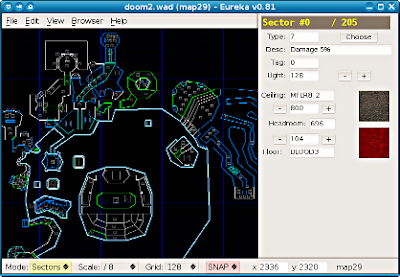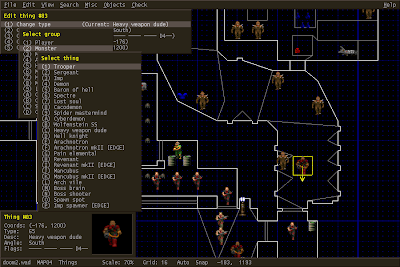From the scientific standpoint the documentary is quite accurate, but I think the proposed scenario is improbable. It takes 40+ years and enormous amounts of energy to reach the remote star and at the same time it brings only moderate research data on the star system and observed planet. Probes operated for a limited time and covered only a small area of the planet.
I don't know if NASA consulted production team on the matter (at least one physicist participated - Michio Kaku). The whole mission looks outdated - it is like probes of 70s but with good cameras and AI.
But how should it look? Here is my scenario...
The fundamental problem with the mission in the documentary is that there is no redundancy. Even in 70s NASA usually doubled efforts in exploration - that is why there were 2 Viking landers on Mars, Pioneer 10 and Pioneer 11 encountered Jupiter followed by couple of Voyagers. The cost of a program is much higher than the cost of actual hardware, so it usually makes sense to duplicate.
(Voyager)
Von Braun interstellar ship shown in the documentary has 3 exploration probes on board for redundancy. By scenario, one disintegrates upon atmosphere entry, other two complete mission more or less successfully. But what happens when Von Braun itself fails for some reason during this 40+ years trip and final parking on orbit of Darwin IV? We've waited for 40+ years for nothing?
I think, an actual interstellar mission would consist of several much smaller ships launched from solar system (possibly in few years span) on slightly different trajectories. That increases the chances of successful arrival.
Van Braun has massive protective screen, giant communication dish, several probes and a lot of scientific equipment on board. It is universally stupid to cary all that payload to another part of the Universe.
To simplify the payload we need to remember the fact that the alien star system consists of the same elements as our own. The payload should contain the landing platforms with mining and manufacturing facilities.
Once arrived, the ships must park on the outer orbit of the star system near local Kuiper belt or any asteroid belt if that system has any (our observations should already predict the location of these belts and ships must contain necessary astronomical equipment to find asteroids).
Now the goal is to determine the source of raw materials and to land mining/manufacturing platforms there. It is better to use small asteroids, since they don't have any atmosphere and their gravitation doesn't pose any troubles. With planets the same would be problematic, at least on the first phase of exploration.
Landed on asteroids are ant-sized nano-robots and their goal is to find water and minerals to produce more advanced robots and production facilities. Water deposited on asteroids could be used to produce propellant. Carbon, nickel, iron and other elements will be used in production of advanced materials (e.g. Zero-G environment allows production of foaming metals which is impossible on a planet surface).
Next will be creation of a system-wide communication, observation and refuelling network. Newly constructed robot-ships will be launched into inner system closer to planets we are actually interested in. Several asteroids will be turned into giant communication dishes. Once operational, all telemetry will be relayed through these stations back to Earth. At the same time the mission could receive profile update, since in 40+ years there could be improvements in bootstrap and construction programs.
Finally, newly constructed probes will be deployed by manufactured landing ships on different locations (determined by the observation network). That way begins the surface exploration.
(Mono lake is one of shooting locations for the documentary)
If an alien civilisation emerges, the mission would give us a signal.
On the other hand, if humans would need a new system for colonisation, the hibernated production network could wake up and prepare the system for arrival of human colonists. Maybe even terraform a planet for us!
So self-replicating mining/manufacturing nanobots would be the core of the future mission - not a giant ship.
If you really enjoy the idea of exploration and colonisation of an extrasolar planet, you may want to play an old 1994 game called Alien Legacy.
And from another point of view, try evolution of life on an alien planet in Spore by Will Wright.
















